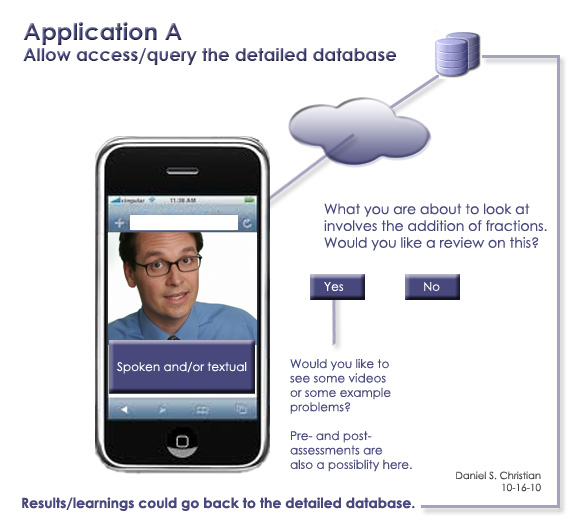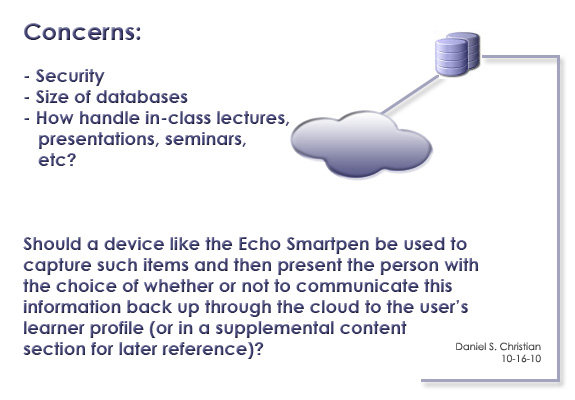
.

.

.

Homework Rescue offers online resource — from savagepacer.com by Keighla Schmidt
There’s Google chat, Facebook chat, AOL instant messaging, Yahoo! messenger and the list goes on when it comes to instant help at your fingertips. Add teenagers into the mix and consider the combo peanut butter and jelly.
And when it’s time to do homework at the Braun house in Savage, mom Sandy has no problem with her Prior Lake High School children Jake, a freshman, and Leigh, a sophomore, going online and chatting.
As long as they’re logged onto Homework Rescue, a free, online live one-on-one instant messaging tutor offered through the library and can be accessed remotely.
Homework Rescue is available at www.scott.lib.mn.us under the online references collection daily from 1-11 p.m. for free by using a library identification number. About 100 metro area libraries are part of the Metropolitan Library Services Agency (MELSA), which financially supports the program.
E-Learning 2010: E-Educators Evolving — from EducationWeek.com (9/20/10)
This special report, the second in a three-part series on e-learning, aims to answer questions related to the growing role of e-educators in K-12 education. It provides perspectives and advice from state policymakers and virtual school providers navigating through the new and often murky policy waters of online-only education, and features insights from e-educators in the trenches of virtual schooling.
While looking at the video for Sonos Controller for the iPad, I wondered…what if we could replace the selection below — i.e. the word music with the words “educational providers” — and then control which room received which signal/content?
Wow…talk about a home dedicated to learning! 🙂
.
.
Also see:
.
.
Addendums:
10-5-10– from Google announces TV deals with HBO, NBA, others
“One of our goals with Google TV is to finally open up the living room and enable new innovation from content creators, programmers, developers and advertisers,” Ambarish Kenghe, developer product manager for Google TV, said in the post.
From Spring 2010
…
From DSC:
Most certainly, not everything that Thomas Frey says will take place…but I’ll bet you he’s right on a number of accounts. Whether he’s right or not, the potential scenarios he brings up ought to give us pause to reflect on ways to respond to these situations…on ways to spot and take advantage of the various opportunities that arise (which will only happen to those organizations who are alert and looking for them).
The Virtual University — by Anya Kamenetz | April 20, 2010 — my thanks to Mr. Jeff Wiggerman at Davenport University for this resource
Why cash-strapped colleges need to stop worrying and learn to love the online classroom.
“At this point, however, the hybrid, NCAT-style course-redesign models seem most compelling. Not only do they show some of the best learning results, but they’re in keeping with the multifaceted history of the university, and they offer the reassurance of familiarity — a scaffolding, if you will, for the transition to new modes of teaching.”
‘Virtual’ internships prepare student teachers for new world of online schooling — from University of Florida, via Virtual School Meanderings blog
From DSC:
This brings up some very interesting points and questions. If K-12 education continues to use more online learning:
Hmmm…I’m not sure. But I don’t think we can expect to make as much progress if our colleges of education aren’t adapting to the changing learning environment out there.
The future of e-Learning is more growth — from The Journal by David Nagel
By virtually every measure, electronic learning is experiencing unprecedented growth and will continue to do so for the foreseeable future. A new analysis and forecast released this month by research firm Ambient Insight bolstered previous research in this area, showing that electronic learning, by dollar volume, reached $27.1 billion in 2009 and predicting this figure will nearly double that by 2014, with academic institutions leading the way.
According to the report, “The Worldwide Market for Self-paced eLearning Products and Services: 2009-2014 Forecast and Analysis,” by 2014, e-learning will reach a dollar volume of $49.6 billion, representing a compound annual growth rate (CAGR) of 12.8 percent over five years. The dollar figures in the research included expenditures in five categories of electronic learning technologies, or “self-paced e-learning products.” These included: packaged content, custom content development services, learning platform and tool hosting services, authoring software and tools, and installed learning platforms.